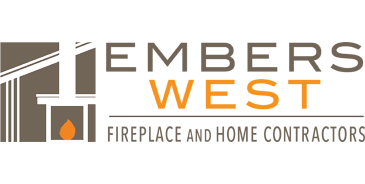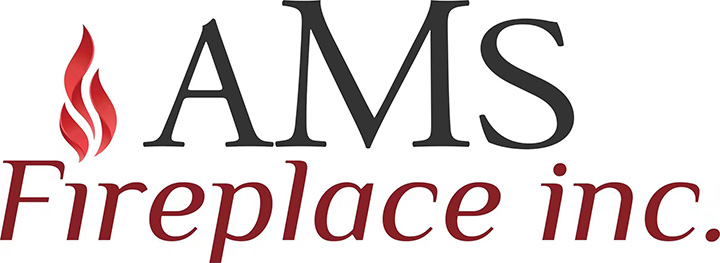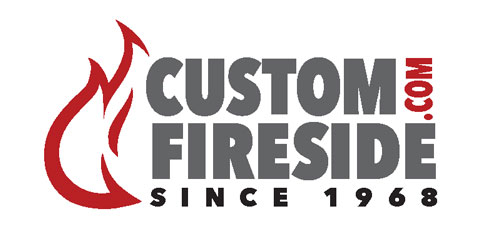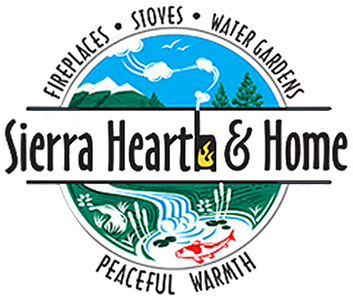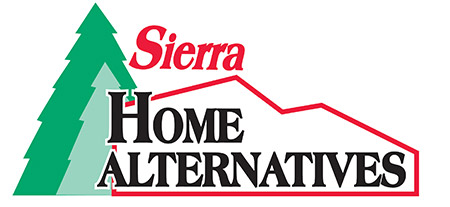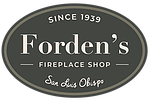The goal is identical, to keep you and your loved ones comfortable by using wood as the fuel. However, this type of equipment differs significantly and has different types of applications.
A wood burning fireplace can be built using masonry materials or a zero clearance (ZC) unit, designed in a factory and built into a frame wall in your home. Masonry fireplaces are built when the house is built. These require a large footing in the basement to support the weight of the block, stone or brick fireplace. A ceramic tile chimney is part of a large masonry structure that extends from the basement, through the living area and out the roof. ZC fireplaces can be added to existing houses. ZC models do not require the same structural support that masonry fireplaces must have. ZC fireplaces use a stainless-steel chimney. And, most come equipped with a fan. Those zero clearance models with gasketed doors usually provide considerably more efficiency and heat than ZC models with bi-fold doors or none at all.
A wood burning fireplace insert is a unit that is designed to slide into, or be inserted, into a masonry or ZC fireplace. It’s a slick way to make an ineffective fireplace, very efficient. The existing chimney is re-lined with a six-inch stainless-steel pipe. The existing chimney is used as a conduit of sorts for this stainless liner to rid the insert of smoke and other by-products of combustion. A decorative panel surrounds the insert and covers up the existing fireplace’s opening. Fans are always recommended on inserts.
A free-standing stove is just what the name implies. A highly engineered hunk of steel, cast iron or soapstone that will radiate tremendous heat into the room and throughout the house. These are functional pieces of furniture that come with or without a fan. Stoves are installed as the house is built, or can often be easily retrofitted to an existing structure.
A forced air, wood-burning furnace in your basement is often connected in-tandem with your conventional furnace. Heavy steel is heated with wood and a large fan blows air through a chamber designed into the furnace. This air is distributed through your home by the existing duct work. A separate wall thermostat maintains a consistent temperature. If the fire in your wood furnace burns down or goes out, the thermostat for the conventional furnace will take over maintaining a comfortable temperature.
Although there are a few indoor wood burning boilers, most are outside and they look like a small storage shed. A large volume of water is heated with wood and then pumped from the outside boiler to a water-to-air heat exchanger. This heat exchanger is mounted in the plenum of your conventional forced air furnace. The furnace fan blows air through the heat exchanger and the warm air is moved through the house via the ductwork.
All five of these wood-burning equipment options will do a terrific job heating your home. And frankly, there are advantages and disadvantages with each choice. It’s best to visit with your WE LOVE FIRE expert and decide which option suits your needs most effectively.
